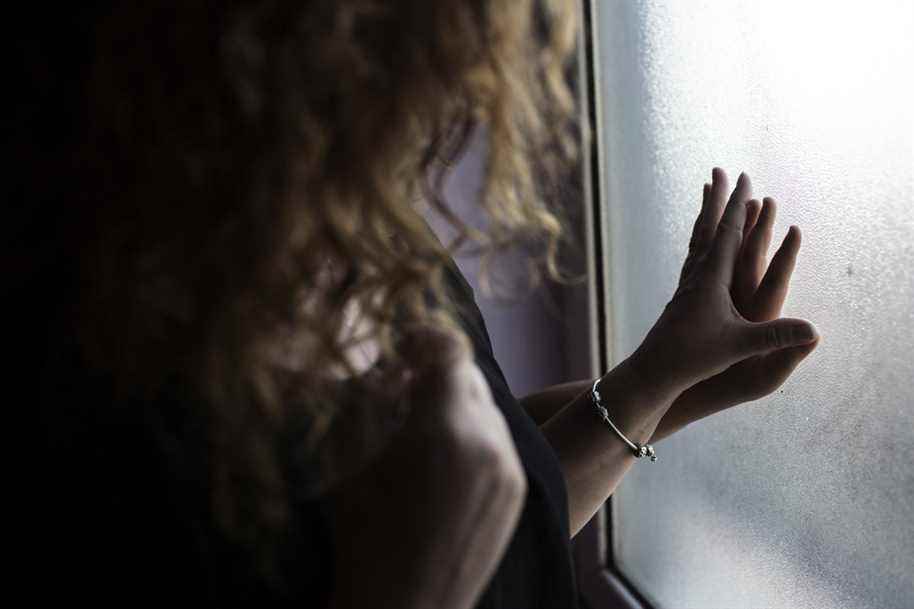The three provincial associations representing shelters for women who are victims of domestic violence are sounding the alarm about Bill 15 on youth protection, which is silent on the issue of domestic violence and post-separation.
Posted at 11:00 a.m.
The recent political will to protect women and children who are victims of domestic violence is well understood. It is part of several reforms, in particular those of family law and the Civil Code, the establishment of specialized courts in matters of sexual violence and domestic violence and the establishment of anti-relationship bracelets. So why this inconsistency as to the Youth Protection Act ?
There is no longer any need to demonstrate that the effects of conjugal violence on children are multiple and sometimes go so far as to put them in extreme danger, as illustrated by the too many infanticides of recent years.
Dysfunctions in youth protection in the context of domestic violence persist and reports are multiplying calling for systemic changes. Bill 15 is a long-awaited opportunity to correct impasses and ensure the protection of mothers and children.
Absent concepts and incomplete continuum of services
As stated in recommendation 132 of the report rebuild trustan amendment is required to the Youth Protection Act for children’s exposure to domestic violence to be recognized as a distinct form of maltreatment, along with abuse and neglect. This amendment would take into account the complexities related to situations of violence and the determination of custody arrangements that are in the best interests of the child. An effective recognition of the concept of coercive control, present in situations of domestic violence and post-separation, is also essential to ensure the safety of children on the physical and psychological levels, as well as to guarantee coherence between the different spheres of law – criminal, family and youth protection – as the report also recommended.
As such, we argue for the integration of domestic violence as a ground for compromise in its own right, rather than as part of psychological abuse. This addition, in addition to allowing tie-in with the new Divorce law at the federal level, will be able to guide interventions while avoiding shifts and arbitrary interpretations.
The establishment of a safety net for women and children who are victims of violence requires an adequate continuum of services calling on a variety of interventions, including those of youth protection.
There is a real opportunity here to play a key role in the lives of children. For this, it is imperative to equip the actors concerned and to ensure continuous training. This means that in addition to full and complete collaboration with shelters, it is necessary that youth protection practices integrate the notions of conjugal violence and post-separation conjugal violence.
Legal vacuum and contradictory injunctions
Currently, the legal loopholes in matters of domestic violence and the ignorance of this problem deprive mothers of a real capacity for action in order to guarantee their safety and that of their children. On the one hand, they are enjoined to leave the violent partner in order to put an end to the children’s exposure to conjugal violence. On the other hand, after the separation, the mothers must comply with the intervention plans prioritizing co-parenting and the maintenance of the father-child relationship. These interventions do not take into account the risks that this new exposure entails.
It is important to remember that separation is the period when the homicidal risk is the highest, both for women and for children.
However, too often, the dynamics of post-separation violence are confused with a severe conflict of separation and the protective mechanisms put in place by the mothers are wrongly perceived as a form of parental alienation.
Several infanticides could have been avoided if the youth protection services had been sufficiently equipped to, on the one hand, detect signs of conjugal violence and elements of danger and, on the other hand, direct their interventions towards rapid security to prevent action.
A legislative framework is needed to ensure that spousal violence is taken into account when determining the best interests of the child, both in youth protection interventions and before the courts.
We invite the government to act on the issue of youth protection consistently and with the same determination as for its commitments already made in the area of domestic violence.
